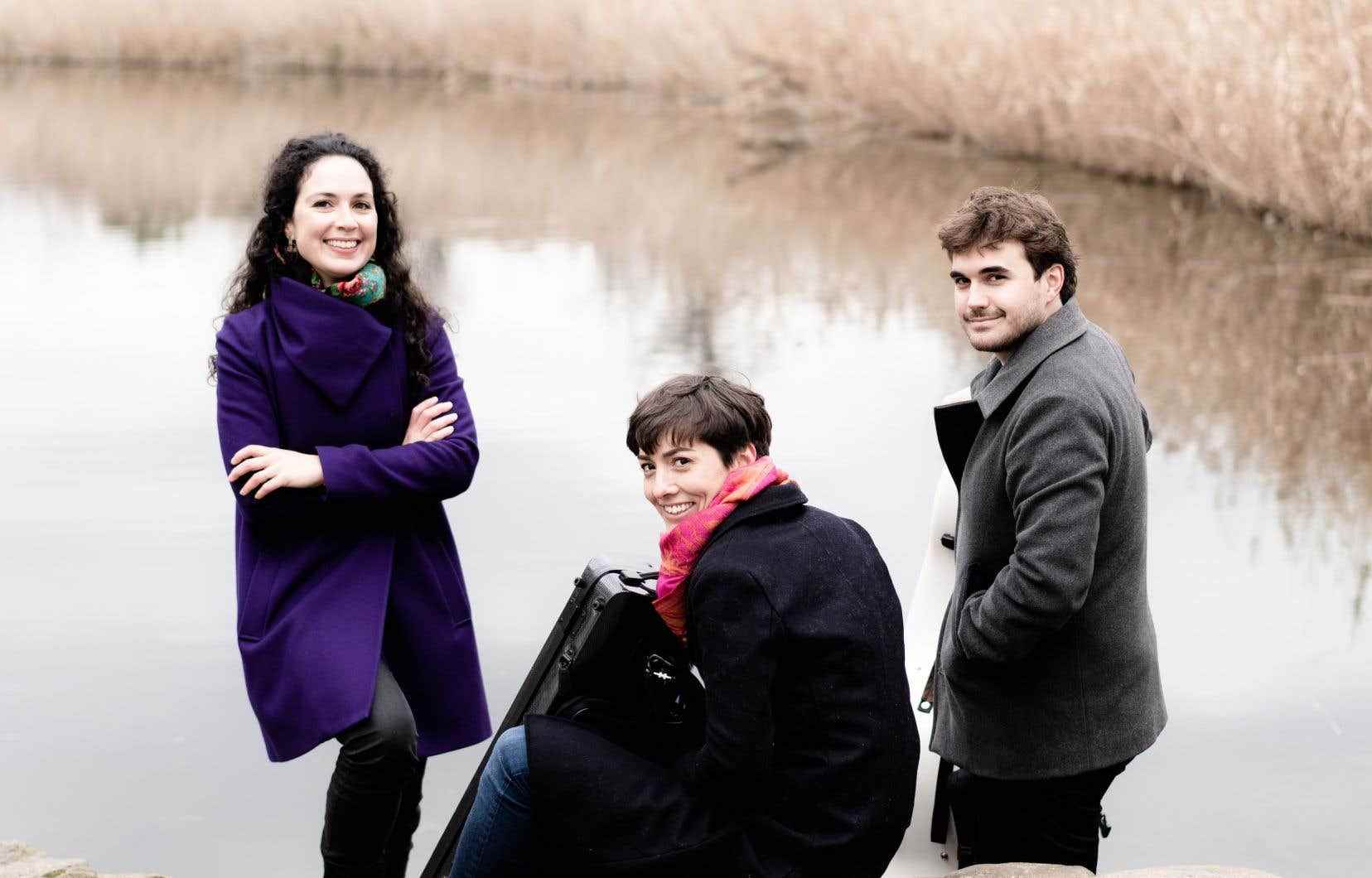The Trio Karénine, a young French trio, presented itself on Tuesday evening at the Bourgie hall in a program associating Clara and Robert Schumann with Mendelssohn. The Schumann part was enough for us to give up in the face of a set with a reputation that seems to us overrated.
It’s rare, but it does happen. When, really, the arms fall from it to us, it happens to us to give up a concert to the pause. After an hour of expert thinking, we gave up our aprons. No need to inflict the 2e trio of Mendelssohn to reinforce an opinion already largely forged on the group formed by Paloma Kouider on the piano, Charlotte Juillard on the violin and Louis Rodde on the cello.
If some see in this group the French succession, or even the successors of the Wanderer, God forbid! There is nothing. Nothing of individual instrumental expertise and nothing of complicity or chamber vision.
Fatal shyness
The concerts we drop in progress, there are one or two a year. They’re not necessarily the worst. These are the ones where the data is clear and, above all, whose stigmas can become unnerving when decoded.
In the case of Goldberg Variations with Simone Dinnerstein or Schubert by Khatia Buniatishvili, the excesses are obvious. They are additions to a musical text. In Clara and Robert Schumann, and in the general style of Karenina, these are deficiencies.
The start of the Trio by Clara Schumann poses a problem from the outset: the entire first movement resembles a piano concerto timidly accompanied by two string instruments, which it is in no way. However, the violinist has the theme straight away, which she seems to apologize for having to state.
The concert will reveal to us, alas, that this smooth shyness is not an error, but a tic, a method, an operating mode. We find this absence of candor in the attacks when the violin plays a leading role in Clara’s finale or in the 3e movement of Robert, for example.
So why, and what for? Seduce by producing a “pretty soft sound”? But it makes no sense, done that way. A softness of texture (Mintz, Shaham, Beilman, Lozakovitch, to name a few post-Milstein violinists) has nothing to do with a “withdrawal of sound”, an absence of sonic frankness.
In the interpretative system of the Karenina, the final movements certainly take on stature as they go along. But the final Trio de Clara is very far from the joy that we perceive in the new recording conducted by Anne-Sophie Mutter (Sony).
So, the Karenine Trio weighed down by its violinist? Not only. All the great trios (Beaux-arts, Wanderer) exist and are charmed by an exceptional pianist. However, on Tuesday, in addition to the questions of balance in Clara Schumann, we wondered why Paloma Kouider played the Érard of the Bourgie room and why it seemed to her impossible to draw more interesting colors from this instrument.
As for the cellist Louis Rodde, he is a fine musician, but France is full of world-class cellists, a category which will no doubt provide the member of a future great French trio, who is not that one, despite the efforts of some promoters.
